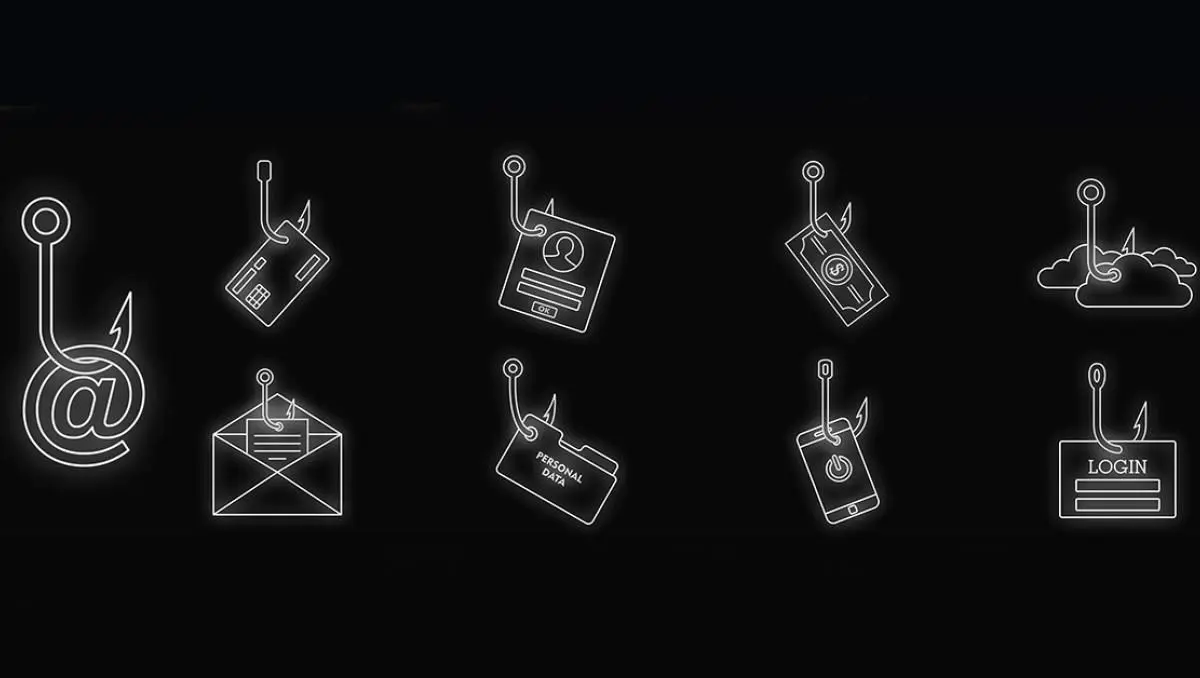Secure Trading Practices: Avoiding Dupes & Phishing

Modern trading risk shifted from crude gold scams toward layered social engineering, staged rollback abuse and credential pivot attempts. You reduce loss probability most by enforcing a deterministic verification workflow—not by trusting reputation pings or generic guild endorsements.
1. Threat Surface Overview
- Dupe Claims: Counterparty promises inflated quantity using "rollback-proof" or "stack duplication" claims—aim: advance partial payment.
- Phishing Relays: Links to faux armory / payment dispute forms capturing session tokens.
- Impersonation Chains: Multi-character relay where initial contact hands off to a “verifier”.
- Rollback Farming: Temporary account compromise sells assets then reclaims via support narrative.
- Collateral Swaps: Substitution of visually similar items (quality tint or stack partial) seconds pre-accept.
2. Verification Protocol (Baseline)
- Channel Lock: Keep negotiation + confirmation in the same in-game channel log for audit continuity.
- Static Statement: Both parties restate exact trade components (quantity, item tier, price) before opening window.
- Hash Tag: Assign a quick local reference (e.g. STP-###) to link screenshots.
- Window Scan: Perform a 2-second pause after final item move to detect switch swap attempts.
- Dual Capture: Screenshot final window + chat reaffirmation before accept (low friction evidence).
3. Phishing Vector Patterns
Common lures recycled each cycle:
- URL with homoglyph domain (rn vs m) claiming escrow validation.
- “Payment dispute—confirm you are seller” external form.
- "Beta access reward" after trading high value property.
- Add-on script snippet urging copy/paste for trade optimization.
Mitigation: refuse out-of-client authentication, never run pasted macro strings you did not compose, and maintain unique email + authenticator separation.
4. Trade Execution Checklist
Before
- Confirm identity (same character from chat)
- Restate terms verbatim
- Inventory space verified
- Latency stable < 150ms
During
- Scan each slot (hover tooltips)
- Watch for late stack swap
- Pause 2s post-change
- Capture final screenshot
After
- Secure store (bank high value)
- Log reference + hash
- Re-equip authenticator check
- Spot audit mailbox for anomalies
Escalate If
- Character swap mid-negotiation
- External site insistence
- Unsolicited macro request
- Value shift after ready toggled
5. Red Flag Matrix
Low Severity
- Minor spelling variance
- Delayed response windows
- Over-eagerness to close
Medium
- Character swap “assistant”
- Pressure countdown tactic
- Refusal to restate terms
Critical
- External link demand
- Claims of proprietary dupe method
- Slot changes mid-ready toggle
6. Rollback & Mitigation
If a rollback threat (account compromise vector) emerges, containment speed matters more than narrative crafting.
- Immediate: Force logouts + password rotation + authenticator re-seed.
- Gather: Consolidate trade log screenshots + timestamped chat logs.
- Report: Provide concise sequence (no speculation) to support.
- Monitor: 48h mailbox watch for suspicious restitution artifacts.
7. Communication Hygiene
- Single channel continuity (avoid DM fragmentation).
- Short, unambiguous numeric formatting (e.g. 250k not 0.25m).
- Never share recovery adjacents (email hints, phone fragments).
- Maintain scripted acceptance line: “Confirming trade: [ITEMS] for [VALUE] — ready?”
8. Incident Response Flow
Event Detected -> Freeze Actions (stop new trades) Freeze -> Credential Reset (pw + 2FA refresh) Reset -> Evidence Collection (screens, logs, hash refs) Collection -> Support Ticket (chronology + reference IDs) Ticket -> Asset Audit (inventory deltas, mailbox scan) Audit -> Risk Review (protocol improvement notes)
9. TL;DR Quick Reference
Core
- Restate & hash every trade
- 2s pause after last change
- Dual screenshot habit
Avoid
- External validation links
- Impersonation relays
- Unvetted macros
Detect
- Late slot swaps
- Pressure countdowns
- Value mis-formatting
Respond
- Freeze → reset creds
- Collect evidence
- Ticket & audit
Guidance focuses on procedural hardening; always comply with game terms and never engage exploit distribution. Adapt steps to realm norms while preserving evidence discipline.